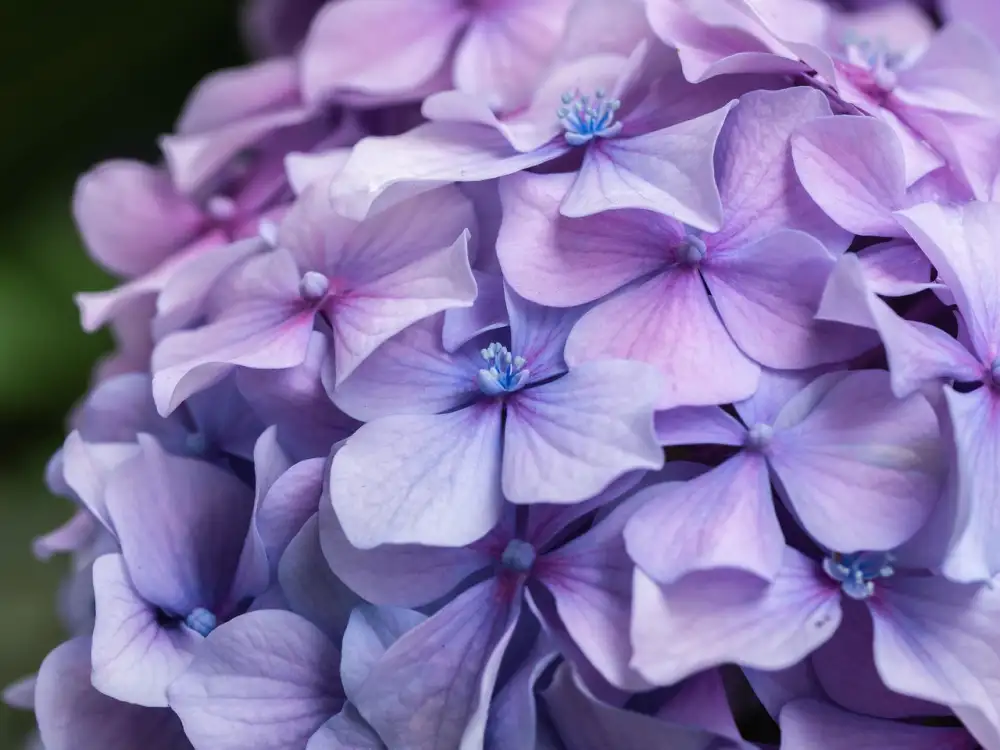Hydrangea Care 101: Expert Tips for Thriving Blooms at Home

- Choose the right location for your hydrangeas: Opt for a spot with well-draining soil and partial shade.
- Water your hydrangeas regularly: Keep the soil consistently moist, especially during hot summer months.
- Prune your hydrangeas at the right time: Remove dead or weak stems in late winter or early spring.
- Fertilize your hydrangeas appropriately: Use a balanced fertilizer to promote healthy growth and vibrant blooms.
- Protect your hydrangeas in winter: Mulch around the base to insulate roots from freezing temperatures.
Choose the right location for your hydrangeas: Opt for a spot with well-draining soil and partial shade.
When selecting a location for your hydrangeas, it's crucial to opt for a spot that offers well-draining soil and partial shade. Hydrangeas thrive in moist but not waterlogged soil, making good drainage essential to prevent root rot. Additionally, partial shade helps protect the plants from scorching sun exposure, especially during the hottest parts of the day. By choosing the right location with these key factors in mind, you can set your hydrangeas up for success and ensure they flourish beautifully in your garden.
Water your hydrangeas regularly: Keep the soil consistently moist, especially during hot summer months.
Watering your hydrangeas regularly is crucial for their health and blooming success. These plants thrive in consistently moist soil, especially during the hot summer months when they are most active. To maintain optimal moisture levels, water deeply at the base of the plant, avoiding wetting the leaves to prevent diseases like powdery mildew. Consider using a soaker hose or drip irrigation system to ensure even watering and prevent water wastage through evaporation. Check the soil moisture regularly by inserting your finger into the soil about an inch deep – if it feels dry, it's time to water again. By keeping your hydrangeas well-hydrated, you'll encourage lush foliage and abundant blooms throughout the growing season.
Prune your hydrangeas at the right time: Remove dead or weak stems in late winter or early spring.
Pruning your hydrangeas at the right time is crucial for their overall health and blooming success. Aim to remove any dead or weak stems in late winter or early spring before new growth begins. This practice helps promote new growth, improves air circulation within the plant, and enhances the overall appearance of your hydrangeas. Be sure to use sharp, clean pruning shears to make clean cuts and avoid damaging the plant. By following this simple step, you can ensure that your hydrangeas thrive and produce beautiful blooms throughout the growing season.
Fertilize your hydrangeas appropriately: Use a balanced fertilizer to promote healthy growth and vibrant blooms.
Fertilizing your hydrangeas is crucial for their overall health and blooming performance. Opt for a balanced fertilizer with equal parts of nitrogen, phosphorus, and potassium to ensure proper nourishment. Apply the fertilizer in early spring as new growth begins, and then again in late spring or early summer to support continuous blooming. Avoid over-fertilizing as it can lead to excessive foliage growth at the expense of blooms. A well-fed hydrangea will reward you with lush foliage and abundant, vibrant flowers throughout the growing season.
Protect your hydrangeas in winter: Mulch around the base to insulate roots from freezing temperatures.
As winter approaches, it's crucial to protect your hydrangeas from freezing temperatures. One effective way to do this is by mulching around the base of the plants. Mulch acts as insulation, helping to regulate soil temperature and prevent frost from penetrating the roots. Apply a thick layer of mulch, such as shredded bark or straw, around the base of the hydrangeas before the first freeze. This simple step can make a big difference in ensuring your hydrangeas survive the winter months and thrive come spring.
Published: 12. 03. 2024
Category: Food



